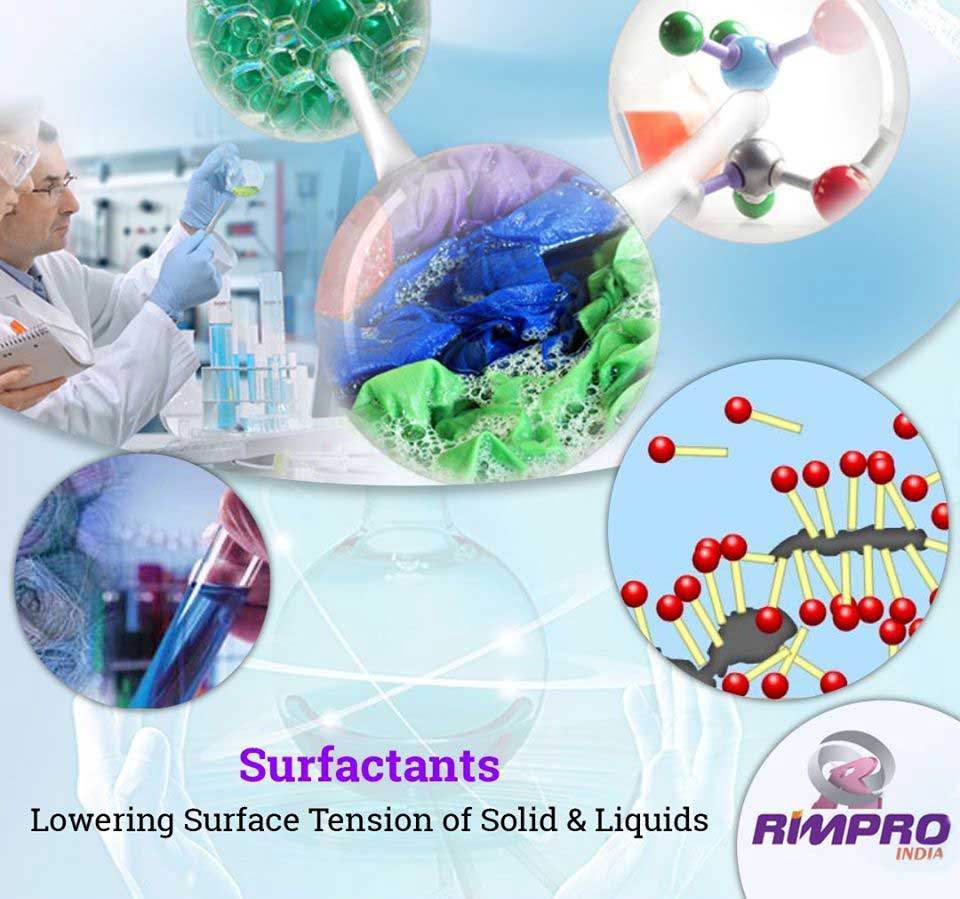 Menu
Menu
Alkylphenol Ethoxylate
The global market for alkylphenol ethoxylate (APE) has experienced considerable growth over the past several years. The chemical family of alkylphenols and ethoxylates contains organic molecules that react with ethylene oxide to form an ethoxylate chain. It is a nonionic surfactant. The two most common types are octyphenol and nonyl benzene, which are both widely used in cosmetics and personal-care products. APEs' high production volume and potential for widespread use in the plastics and pulp and paper industries suggest that they are environmentally friendly.
The alkylphenol ethoxylates are easily converted by microorganisms into insoluble carboxylates. One of the metabolites of alkylphenol ethoxylate is 2,4,4-trimethyl-2-pentanol. In addition to these metabolites, Alkylphenol Ethoxylates may also be partially degraded, resulting in the formation of nonylphenol, a byproduct of oxidation.
The alkylphenol ethoxylates in drinking water are derived from benzene, which is an endocrine disruptor. They are used in various types of industrial cleaning solutions, bore and flotation additives, and moistening agents. While they are more toxic than their parent compounds, they are unlikely to harm humans. This compound may be an endocrine disruptor, and some studies suggest it has estrogenic activity.

The biodegradation of alkylphenol ethoxylates is incomplete. In some treatment systems, the chemical can be completely degraded in a few weeks. However, this is not true in all cases. In some systems, the alkylphenol ethoxylate is degraded with no measurable toxicity. Nevertheless, it is still important to note that alkylphenol ethoxylate possesses some significant environmental and health risks.
While alkylphenol ethoxylate is not considered a hazardous substance, it may be harmful if it is used in excessive quantities. It has been shown that alkylphenol ethoxylate degradation can be almost complete in some treatment systems, depending on their sludge loading. It may also be degraded in low-sludge-load plants. This process has significant negative effects on the environment and human health.
The degradation of alkylphenol ethoxylates results in the formation of alkylphenols. The ethoxy group of alkyl ethoxylates is lost during biodegradation, and the chemical is turned into an alkyl phenoxylate. The result is that the chemical is less toxic, and therefore, more persistent. It is commonly used in industrial settings, but its environmental impact is not known.
Alkyl ethoxylates are common in the wastewater of many industries. These chemicals can be found in a wide range of wastewater matrices. They are easily biodegraded by microorganisms, but they are not completely degraded by them. Some of the alkyl ethoxylates have high biodegradation capacity, but this process is not suitable for all plants. Consequently, a regulated alkyl ethoxylate should include other measures for determining the APEOs' levels.
